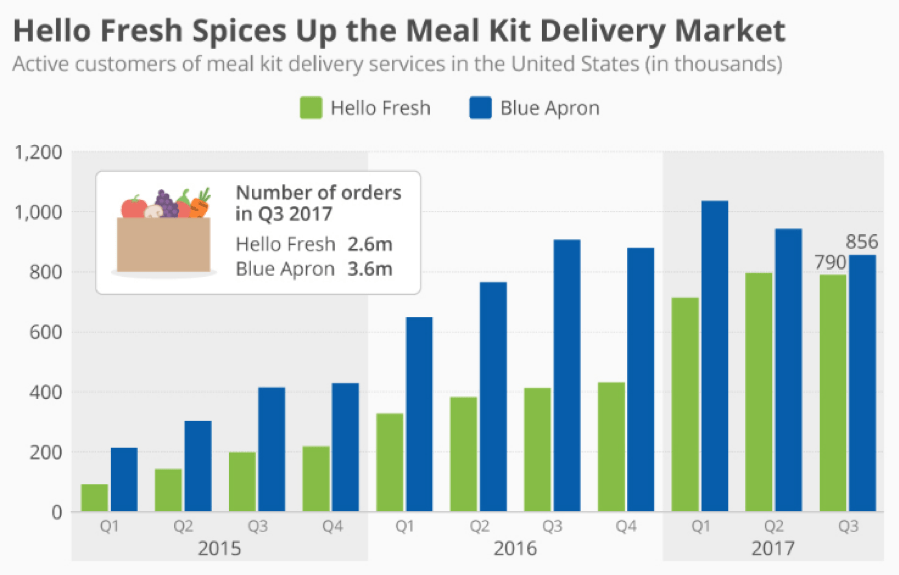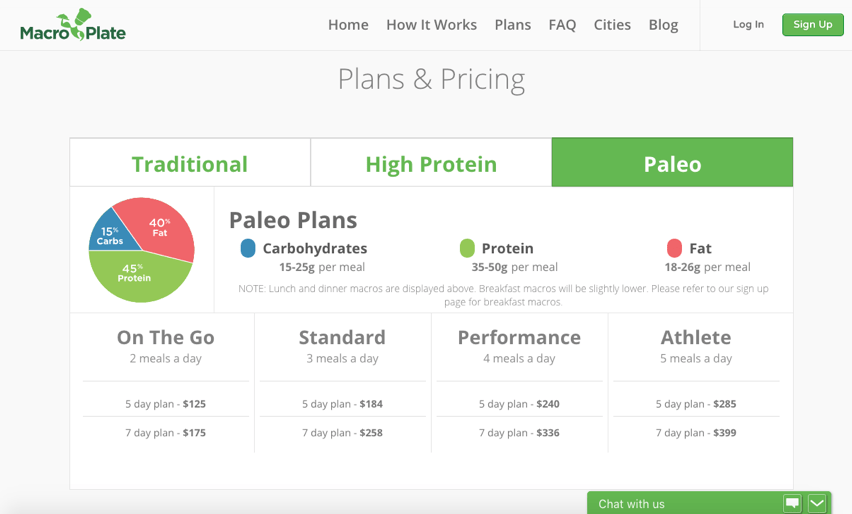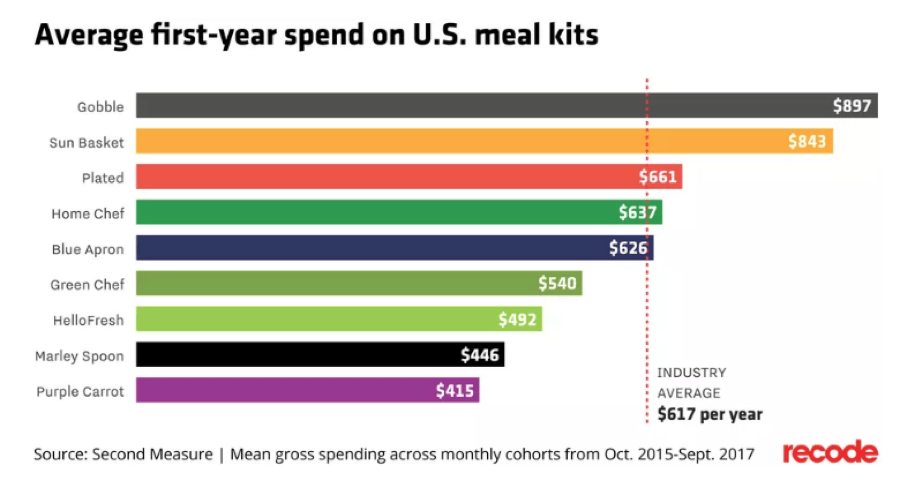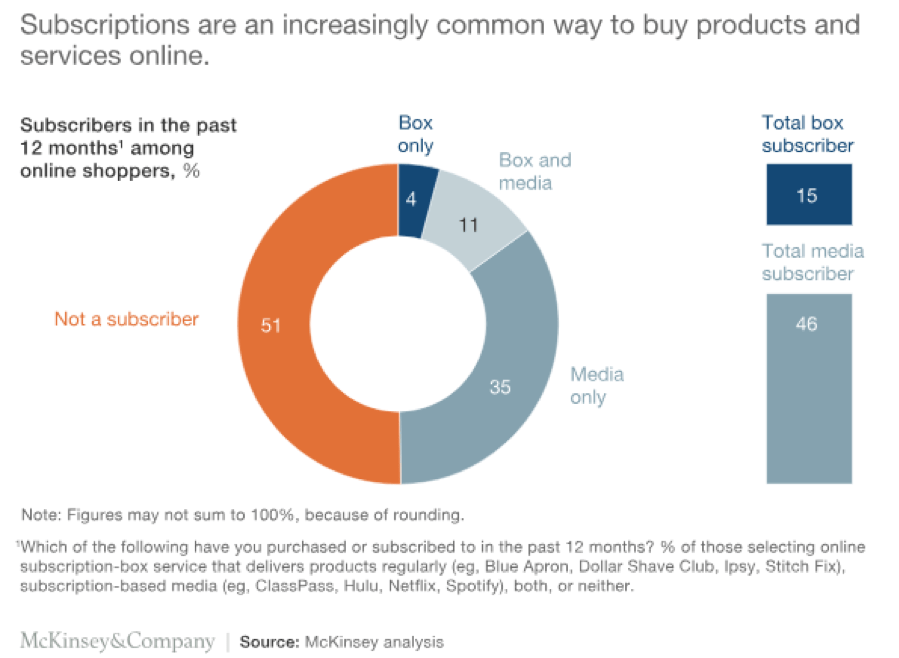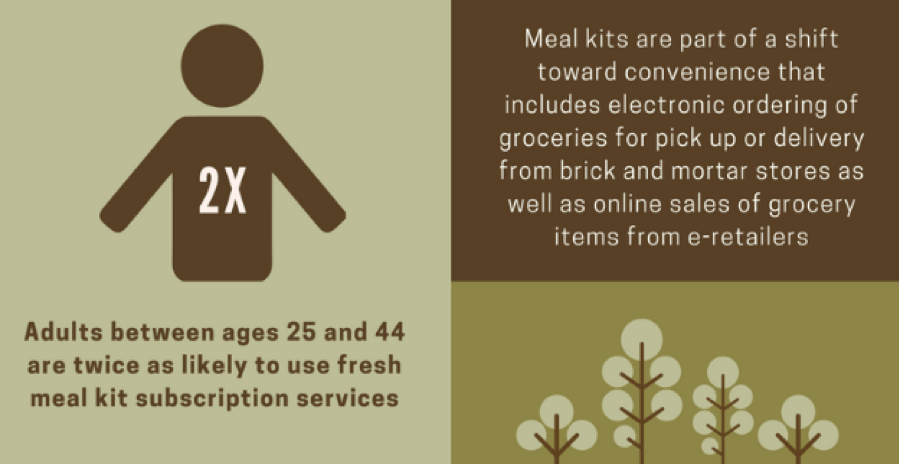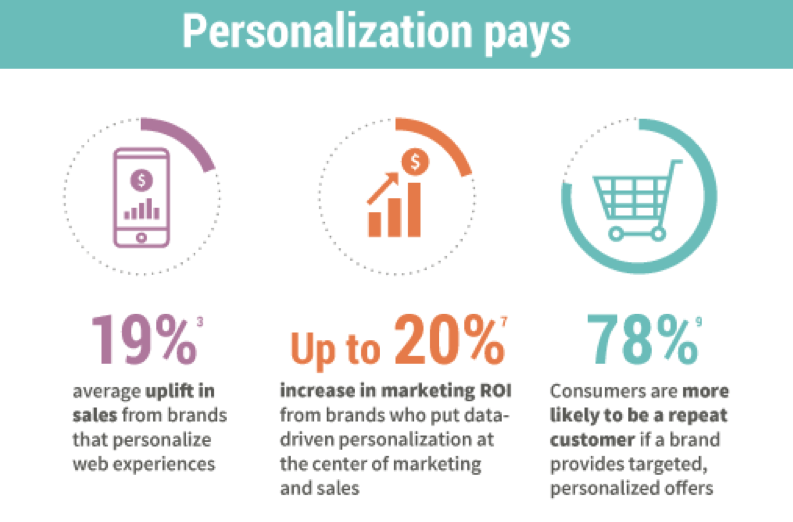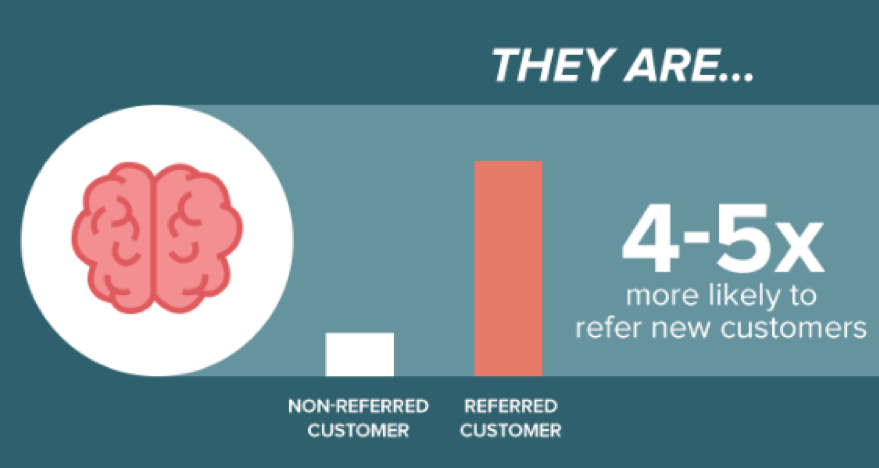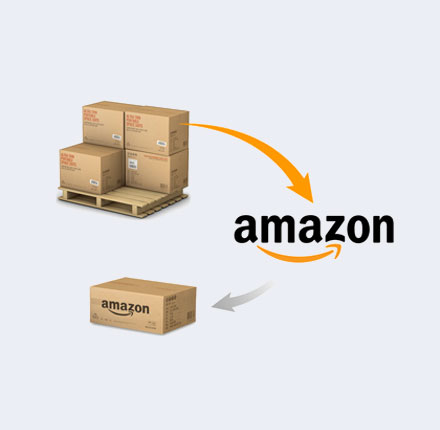Everyone needs to eat.
This may sound like an obvious statement, but from a business perspective, you can find ways to leverage this reality. How can you take something that people do multiple times on a daily basis and make a profit from it?
You can read more about How to build a meal prep business from our blog.
One of the best ways to do this is with a meal delivery service platform.
No, I’m not talking about a local pizza shop that hungry customers can call for pizza and chicken wings on a Friday night.
Food Delivery Business
I’m referring to small businesses that provide weekly cooked meals to professional individuals who have specific dietary needs. Some target area examples include:
- Weight loss
- Fitness
- No time to cook
- HCG diet
- Vegetarian
- Vegan
- Keto diet
- Preparing for a marathon
- Any other Meal Prep Business
This list goes on and on.
Meal Delivery Service Industry
It seems like every year we’re introduced to a new diet trend. Combining this with the busy schedules of an average consumer makes it extremely enticing for businesses to venture into the meal delivery service industry.
Meal prep business industry is growing at a rapid rate
According to Statista, the online ordering and meal delivery industry is expected to reach $10 billion by 2020. That’s up from $1 billion in 2015.
Back in 2016 in, industry giants like Blue Apron controlled 70% of the global market share. But times have changed. In the United States, companies like HelloFresh have narrowed the gap over the past two years.
This has opened the door for small businesses to have success in this industry as well.
That’s because 49% of consumers say that they would buy meal delivery kits from their favorite restaurants.
There are more than 20,000 online ordering and meal delivery businesses in the United States. But how can you possibly compete with big players in the online ordering and meal delivery industry?
It’s simple. Meal delivery software and automation.
Some of you may already have existing food delivery software in place. Or maybe you’re interested in starting this type of business from scratch.
Regardless of your unique situation, you can definitely benefit from this guide. That’s because 99% of delivery businesses don’t use an automated system to run and handle their meal delivery business at a micro-level.
Here at Optimum7, we have built this solution.
I’ll explain how this meal delivery software works and how you can apply it to your own business to run a meal delivery service that generates sky-high profits.
How does meal delivery software work?
This automated meal delivery software is a custom system that we built on PHP Laravel Spark and WordPress. WordPress is used for the front end and Laravel Spark for the back end.
We’ll talk more about the front-end and back-end operations of this meal delivery software later on.
This meal delivery software is a SAAS distribution system, also known as software as a service.
The meal delivery software is completely cloud-based. So there’s never a need for installations, upgrades, or anything else that complicates the entire process.
One of the best parts of this meal delivery software is scalability. It’s scalable on Amazon servers, so this food delivery software can handle 1,000 visitors or even 1,000,000 visitors.
While you may not have that many people navigating to your website when you first start, you’ll be able to generate more traffic once you learn SEO basics and how it works.
Once you can generate high traffic, you’ll be able to use advanced features to increase your conversion rates.
When users come to your site, they’ll be presented with different meal plan options. Here’s an example of what this would look like.
You can completely customize how you want these options to be presented for your customers.
They can decide if they want meals weekly, monthly, and how many meals per day they want to order. As you can see from the example above, customers can order anywhere from two to five meals per day, either five or seven days per week.
With the meal delivery software we designed, you’re able to give your customers even more options than this if you choose to do so.
Once they’re presented with the plans and determine which option is best for their diet and lifestyle, they order in a flawless UI that has been tested thousands of times to optimize conversion rates.
The front end functionality of the site makes it easy for customers to do things like:
- order
- cancel
- change or modify the order
- add allergies
- add dislikes
- set days to deliver
Benefits of the meal delivery software
Users can even add certain foods that they don’t like to their profile, so they don’t get sent a meal that they won’t want to eat. They can tell you specific delivery instructions and take advantage of so many more functionalities directly through this meal delivery software.
Customers will provide you with their credit cards and billing information. This will be kept on file and associated with their accounts.
That way there is no need for them to enter their credit card info every time they want to place an order.
Cards will automatically get charged on a weekly basis or based on intervals. It all depends on how you want to set this up. Customers have the ability to pause and resume their meal deliveries at any time.
For example, let’s say one of your customers is going on vacation for a week. Obviously, they don’t want meals delivered while they’re away.
But having to call and cancel would be a pain and inconvenience. Plus, if they have to go through too many steps to sign up again after returning from their trip, people may not be as inclined to do this again. This would cause you to potentially lose your customers.
However, you don’t have to worry about this at all with the food delivery software that we developed.
The flawless UI makes it so easy for customers to stop and start the service at their convenience, without having to go through extra steps or provide additional and repetitive information.
Take a look at how much the average customer spends in their first year using a meal delivery service.
As of last year, the industry average is $617 annually.
How are some of these companies able to do significantly better than this average? By focusing on customer retention.
On average, Gobble’s first-year customers spent the most money.
So it should come as no surprise that they had the highest retention rate at 22%. Let’s compare this to a company like HelloFresh. They fell below the industry average and had an 11% retention rate.
Getting a customer to sign up for meal deliveries is great, but not if they’re going to cancel after their first month.
Integrating the food delivery software that we built into your business will help your brand improve customer satisfaction. As a result, they’ll stick with your service for extended periods of time, which will ultimately help you increase your delivery process and profits.
This food delivery software makes it easy for you to navigate and control settings with administrative options as well.
The store owner can enter different meal plans with various ingredients, prices, and purposes.
For example, you can easily change the price points for vegan meals compared to paleo or gluten-free meals, since all three of these would require different ingredients.
Front end
Another major part of the front-end functionality of this food delivery software is the autoship feature.
The idea here is that a customer can add any item to their order without having to modify the checkout procedure.
First, they need to decide how often they want to receive meals. They’ll choose from a list of options provided by you on your website.
As I said before, the combinations are endless. To keep it simple, we’ll say that the autoship is set up on a bi-weekly basis.
But what if the customer wants to add a one-time item to their order? For example, let’s say they want to try one or two of your desserts, but they don’t want those foods to come with every meal.
No problem.
The food delivery software that we built puts one-time items and autoship orders in the same shopping cart. This is convenient for your customers, and it will help you reduce shopping cart abandonment rates.
We are now living in a time where consumers are used to buying things online. They get everything else delivered to their door, so why not their meals?
Consumers have accepted the subscription business model.
Autoship allows you to enable recurring orders
Autoship and subscriptions go hand-in-hand. Although the two concepts aren’t exactly the same, they work together to benefit both you and the consumer.
In fact, the functionality of autoship features actually improves the subscription business model. Here’s why.
Both of these are easy to set up. But with subscriptions, you’re forced to create plans and products to offer your customers for each recurring order. Autoship allows you to enable recurring orders for standard items and variable meals without having to change your existing offers.
When it comes to managing orders, customers manage their subscriptions by simply signing up and choosing their membership tier based on price and features.
So they can upgrade if they need additional features or downgrade and potentially cancel if they need less.
However, autoship allows customers to specifically manage items for future orders, which is perfect for a meal delivery service.
This delivery software helps you focus on customization, which will give you a competitive advantage.
For example, let’s say one of your customers signed up for a monthly autoship meal plan for their high-protein diet. With autoship, they can manage exactly what comes with each food delivery, such as chicken or steak, in addition to the meal deliveries frequency.
This delivery software gives your customers more options when it comes to their ordering process as well.
Autoship will let them pause and resume their orders, which is available for most subscription services as well.
The difference is that autoship also allows the customers to add or remove simple and variable meal items from their current and future autoship orders.
Typically, subscription plans don’t let customers add or remove items from their existing plan.
Even within certain diet plans, everyone has unique preferences. That’s why autoship is better than subscriptions for a meal delivery platform.
Back end: Operations, cooking, and kitchen
Now that you know how the front end of this software works from the user and administrative side, it’s time to explain the back-end operations.
This is an advanced system that also calculates what the kitchen should cook on a daily basis. The delivery software also helps you determine what you should buy in order to cook this food each day.
You’ll even be provided with forecasts to help you prepare for what needs to happen on a daily, weekly, and monthly basis.
This will help you make sure that you’re using the freshest ingredients in your kitchen.
As you can see, consumers are twice as likely to use your meal delivery service if they’re getting fresh meals.
Furthermore, making sure that you have the right ingredients will also help your business become more profitable. You won’t be throwing away as much unused food, and you can pass those savings along to your customers if that pricing model fits your brand image.
Meal Delivery Software Logic
Here’s how delivery software works.
Everything is based on the meal delivery process and food orders from the front end. As we talked about earlier, users will give you information about things like allergies and certain foods that they dislike.
Using this data, the system will automatically calculate a daily tally for the kitchen to print so they know what they have to cook in bulk.
Let’s keep it simple. We’ll say that 35% of your customers have a gluten allergy. The delivery software will provide your kitchen with these details so they can prepare a specific amount of gluten-free meals in bulk, rather than each one individually.
When customers make additions or modifications to their online order, the kitchen will be able to prepare everything accordingly as well.
Labels, packing slips and info sheets
Another great part about this delivery software is that the system also creates and prints labels for each container of food.
These labels provide detailed information about what exactly is in the container.
Each label also includes the name of the customer who it belongs to. This increased level of personalization will benefit your bottom line.
As you can see, improving your personalization strategy will help you increase sales, get a higher return on your investment, and make it more likely that you’ll get repeat orders from your customers.
Plus, having these labels on each container just reinforces to the customer that they’re receiving exactly what they asked for.
Proximity details
Once the food is prepared and labeled, it obviously needs to get delivered to the customer.
In order to make your process as efficient as possible, this software helps you prepare the meals based on priority and proximity of the delivery routes.
Again, this helps you keep costs low while delivering a fresh finished product to the consumer.
Delivery
The system also calculates delivery routes for the delivery drivers.
It uses an API with Google Maps based on where each user is located. This ensures that your meal deliveries are made fast and efficiently.
Delivery Drivers and Driver Management
A delivery driver is responsible for transporting items from one place to another. Delivery drivers and a delivery team are also expected to make sure the customer’s products arrive at their destination on time and in good condition, as well as packing or loading/unloading them onto/from a vehicle if necessary.
Delivery drivers and a delivery team are one of the most important parts of the delivery process, delivery management, and delivery experience. That’s why you need to have successful delivery drivers and a delivery team to increase your profit. The software also, helps you to improve your driver management process.
Delivery routes and delivery schedules are based on the number of people who are receiving meal deliveries and the different areas that you’re operating in.
Depending on the size of your business, the delivery operations can be scaled accordingly.
Integration
The back end and front end of this meal delivery are fully integrated.
As I said before, the delivery management software is a completely cloud-based software. So any changes will reflect automatically.
This delivery management software makes it easy for you to integrate the system into your existing distribution platform. So whether you have an existing network in place, or if you’re starting a business from scratch, this process won’t be complicated.
B2B targeting
Meal delivery platforms aren’t just useful for the direct-to-consumer market. It’s also reasonable for your business to target other businesses.
For example, let’s say that you’re selling to a gym. The gym then sells those meals to its members.
This software allows you to adjust your settings and put systems in place to separately control your B2B operations.
These other businesses, like a gym, would order in bulk. So you’d need to come up with a different pricing strategy and offer perks to these valuable B2B customers. All of this can be managed through the software.
Affiliate and commission structure
Referrals are a great way to build your business. 92% of consumers trust referrals if they come directly from someone they know.
Here’s something else to consider, 83% of customers say that they’re willing to provide referrals. However, only 29% of these people actually follow through with it.
Why?
Sure, your business might be great, but is that a good enough reason for someone to give you free marketing? You need to offer them some type of commission or reward in return.
Plus, referred customers are more likely to refer even more people to your business.
Once you come up with a referral system, you can manage it through this platform, which makes it easy for you to handle everything from one place.
Reporting
One thing that this eCommerce meal delivery platform can’t control is human error. But with that said, it can provide you with the right tools to identify and fix any mistakes.
You’ll receive advanced reports that tell you everything there is to know about your meal delivery business.
Error logs are part of this report. This will cover things like what was cooked incorrectly or delivered to the wrong customer.
You’ll also learn about your efficiency.
Now you’ll know information such as how many chefs you need working in the kitchen and how many delivery people are required each day.
Everything is recorded.
So as the business owner, you can always refer back to the tally and daily logs. If you have an issue or inefficiency problem, this feature will give you a better understanding of what went wrong.
Conclusion
The meal delivery industry is booming. There are many Saas Investments for restaurant delivery services. However, only a few options exist for meal delivery management solutions.
With some players operating on a global scale, it may be difficult for some smaller businesses to compete. But with the right tools, you’ll be able to thrive in this growing industry.
An automated meal delivery system this advanced does not currently exist and we built it.
This is an all-in-one meal and food delivery business platform. The options are seemingly endless.
If you’re ready to take your meal delivery service to the next level, contact us and we’ll introduce you to a platform that will improve your delivery operations and profits.
What improvements need to be made to your current meal delivery system?




